From the moment we turned off of the main road and started slowly driving under Boone Hall’s canopy of almost three hundred year old southern live oak trees I knew I would love my visit to Boone Hall Plantation.
The Avenue of Oaks, as it is referred to, was originally planted in 1743 by members of the Boone family (although there is some documented debate about the timing), descendants of the original owner Major John Boone. Major Boone was granted 400 acres of property in 1681 as a wedding gift by Theophilis Patey, father of his bride Elizabeth.
That gift began a long and illustrious history spanning hundreds of years and multiple owners.
The plantation is now owned by the McRae family, who purchased it in 1955. It continues to be a working farm in addition to being a tourist destination where visitors can learn about the crops that were once grown there, the architecture of the home and the day-to-day activities of the people who lived there.
Our tour guide told us that members of the McRae family still stay in the home from time to time, so only portions of the house are available to tour. It’s worth noting that the home you see above was not the original home of the Boone family. The original home was much smaller, and a more recent owner decided the property needed a residence with more grandeur.
Over its hundreds of years of history, the plantation grew many crops including indigo, cotton and its most lucrative crop, pecans. They were the largest US pecan grower at one point in time, and also generated a great deal of wealth from brick making on the property.
I was surprised to learn that pecans were a huge crop in the South. I have always ignorantly envisioned every plantation growing only cotton!
Today, strawberries are a significant crop but many other varieties of crops are planted to support farm-to-table programs in the Lowcountry area. The property is also used for weddings, festivals, Civil War re-enactments (where the South always wins!) and as a movie and television set (remember “The Notebook”?)
The above is a rear view of the home, which I find to be much more beautiful than the front. See that planter in the middle? I backed right into that while trying to take a picture. Totally wiped out and scraped my hands and arms and ruined my white jeans. You’re welcome!! Plus I looked quite foolish in front of a bunch of other tourists! But I have to say it was worth it.
The gardens were just beginning to green up when we visited, so I’m sure by now they are very lush and gorgeous. Garden tours are offered at Boone Hall, in addition to home tours and a wagon tour of the property. You can do as much or as little as you want, and everything would likely take about four hours. Enjoy a snack of homemade ice cream on the property as well.
However, among all this beauty and charm lie signs of the plantation’s past that cannot be ignored. In the photo above, you can see the back of one of nine remaining slave cabins on the property, about a third of the original number. The cabins line the front of the property parallel to the Avenue of Oaks as plantation owners flaunted their slaves as a sign of wealth.
Multiple generations of a single family would live in one cabin and sometimes as many as two families lived in each. Each of the nine cabins currently displays artifacts from the era as well as plaques documenting the path to freedom and the Civil Rights movement.
The plantation presents a sanitized view of slavery which disappointed me.
There was very little documentation of the torture and atrocities suffered by the slaves that lived there and across the South. When we took our walking tour in Charleston, our tour guide (a 13th generation Charlestonian) said that it is only in recent years that many Southerners will discuss slavery at all. Her grandmother’s generation referred to it as “The Great Unpleasantness” and though it was a joke I was somewhat offended that the tour guide at Boone Hall referred to the Civil War as “The War of Northern Aggression”. Many people I spoke to on my trip said that a lingering bitterness over the War exists to this day.
I don’t hold the North harmless when it comes to slavery, though. Although in the end the North helped to free the slaves, in the meantime they greatly profited from the wealth generated by slave labor in the Old South.
As a country we need to do more to document and demonstrate the truth about slavery instead of glossing over it. The Preservation Nation blog has a wonderful list of places that are doing just this, including the Slave Mart in Charleston.
So while I appreciate the beauty of Boone Hall, and am glad to see it preserved for future generations to learn and use, when you visit be sure to take a few moments to remember how much of that wealth was accumulated on the backs of slaves.
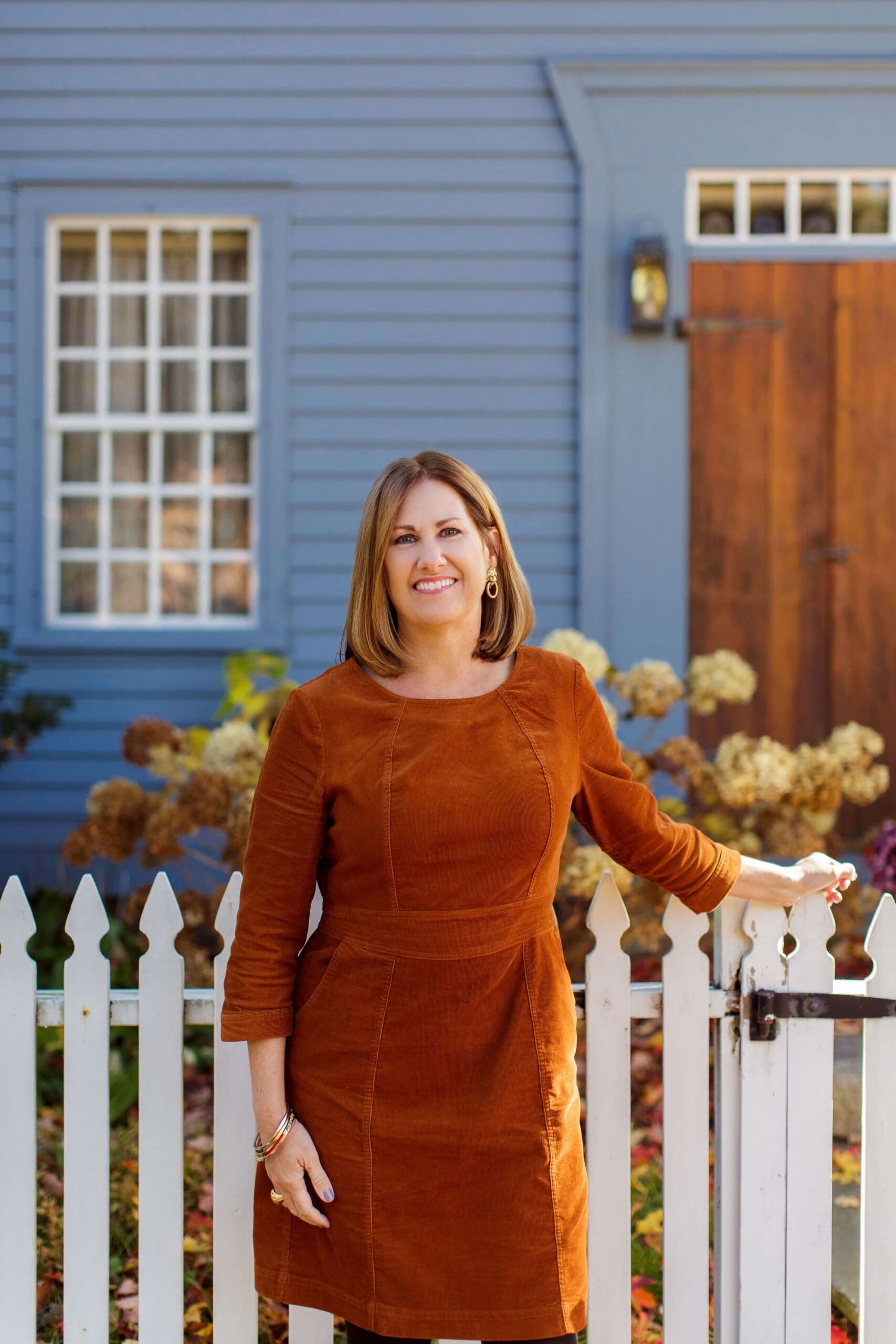
My name is Deb Cohen, and I am a lifelong resident of Connecticut, a lover of all things historic and New England, and a realtor who helps buyers and sellers achieve their real estate goals and dreams. When I’m not working, I enjoy life with my husband, our two adult children, and our two rescue pups. Renovating and decorating our historic home, dating to 1800, is another favorite pastime.







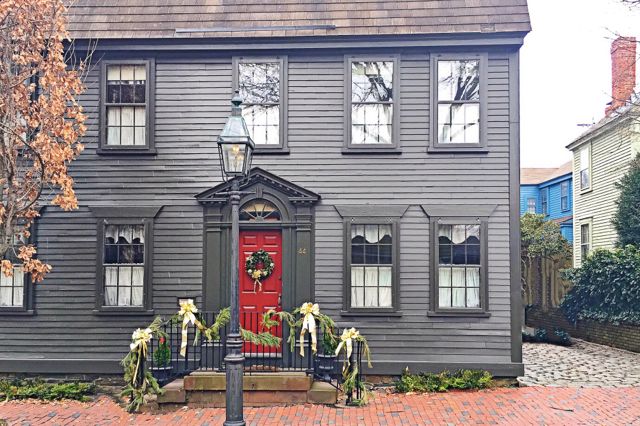

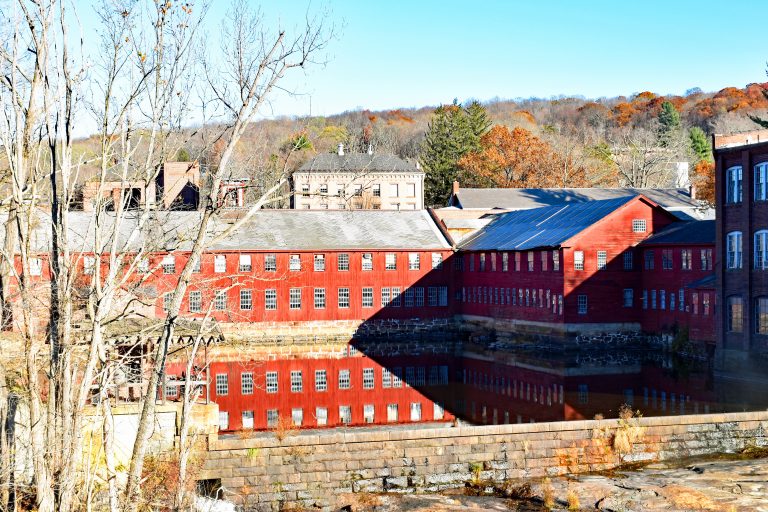
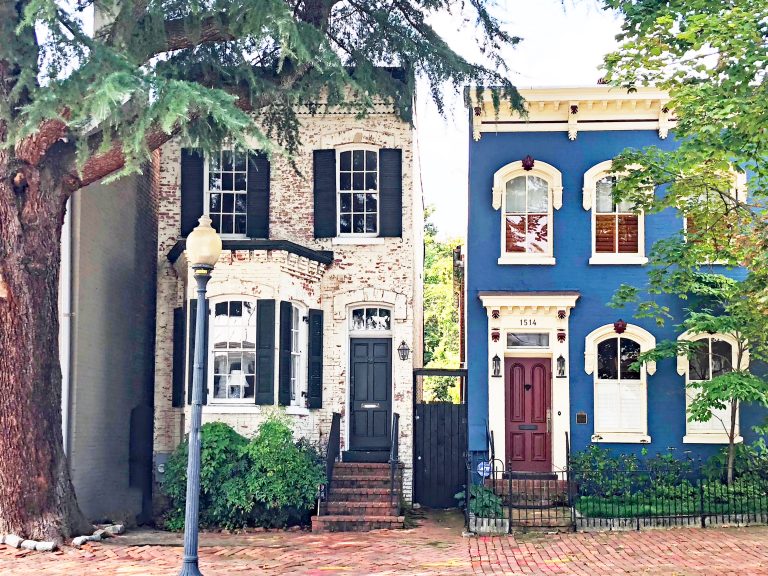

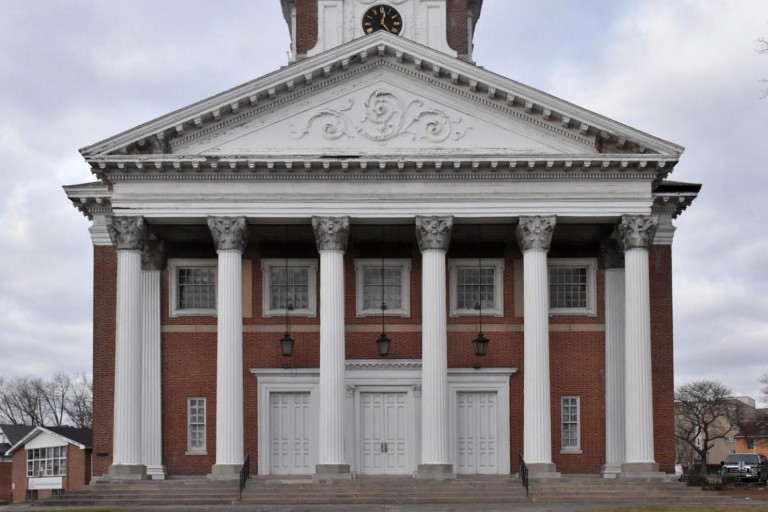

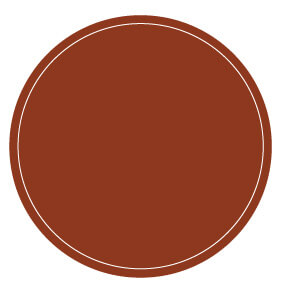

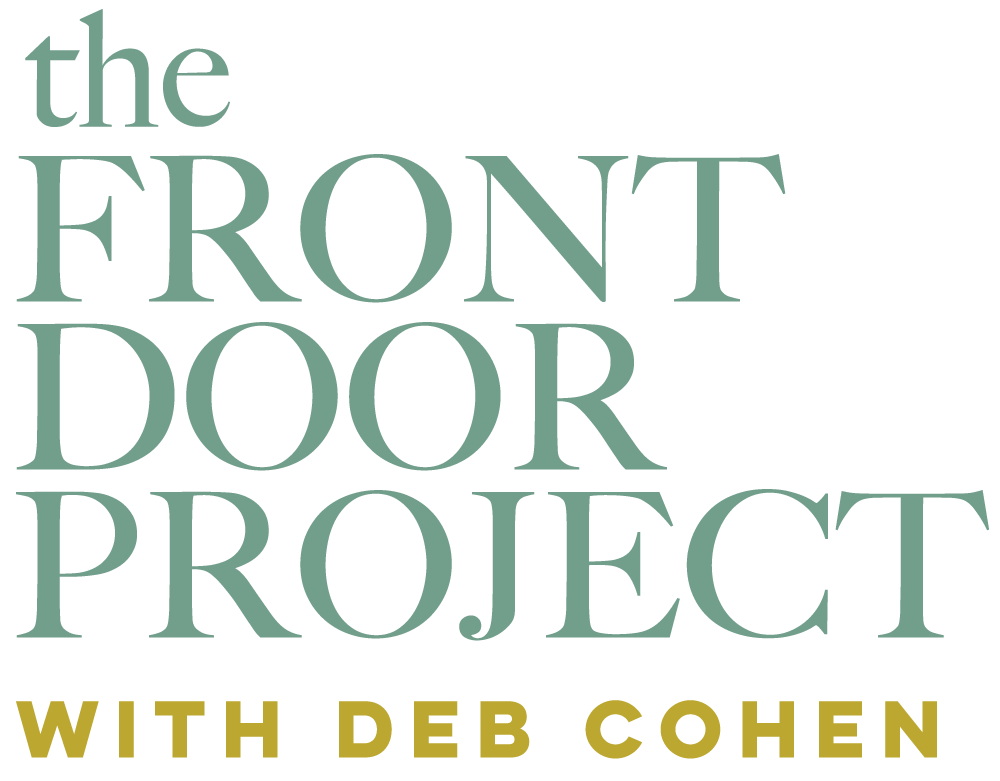
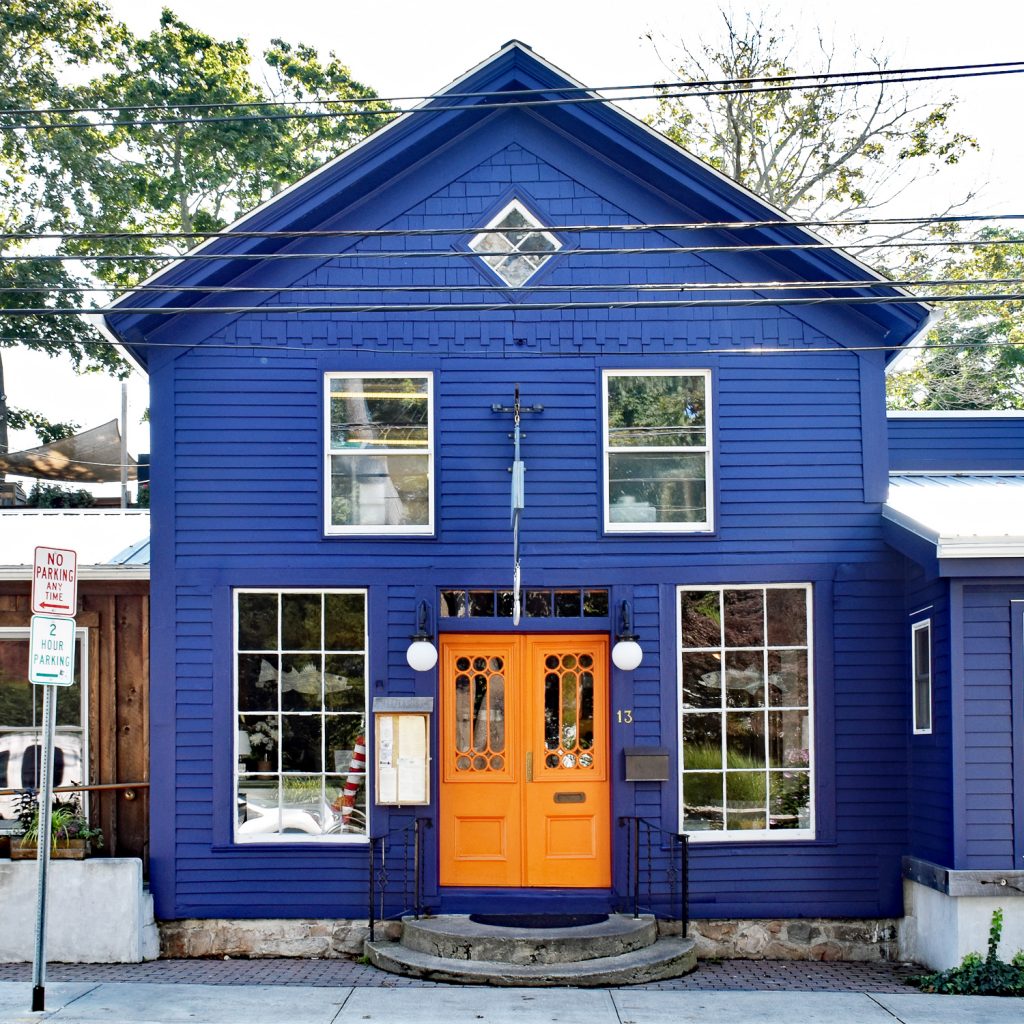
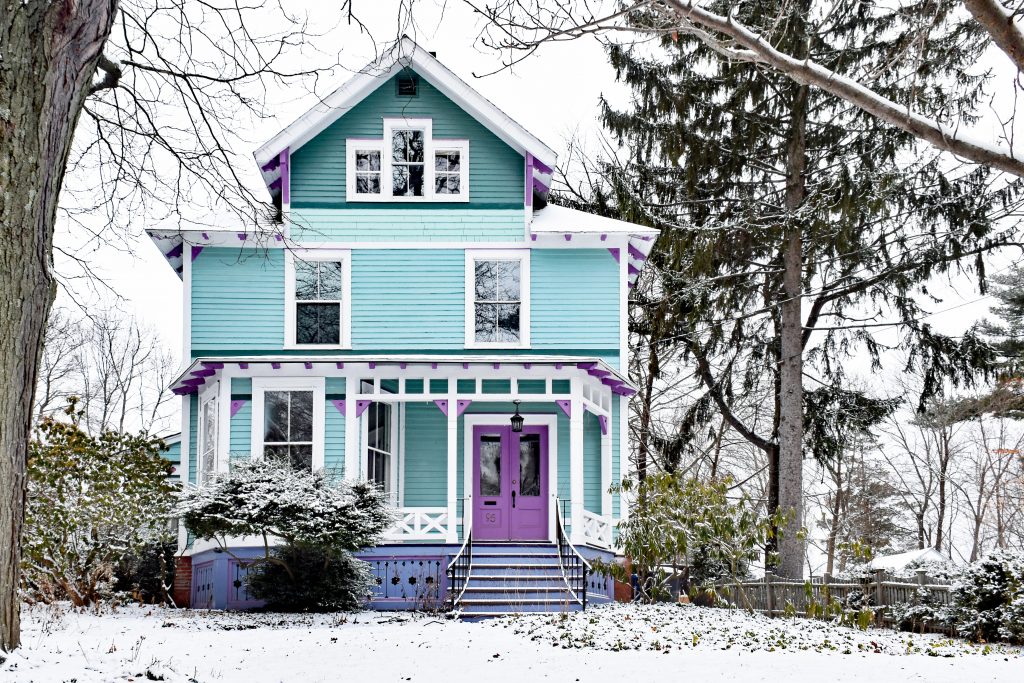
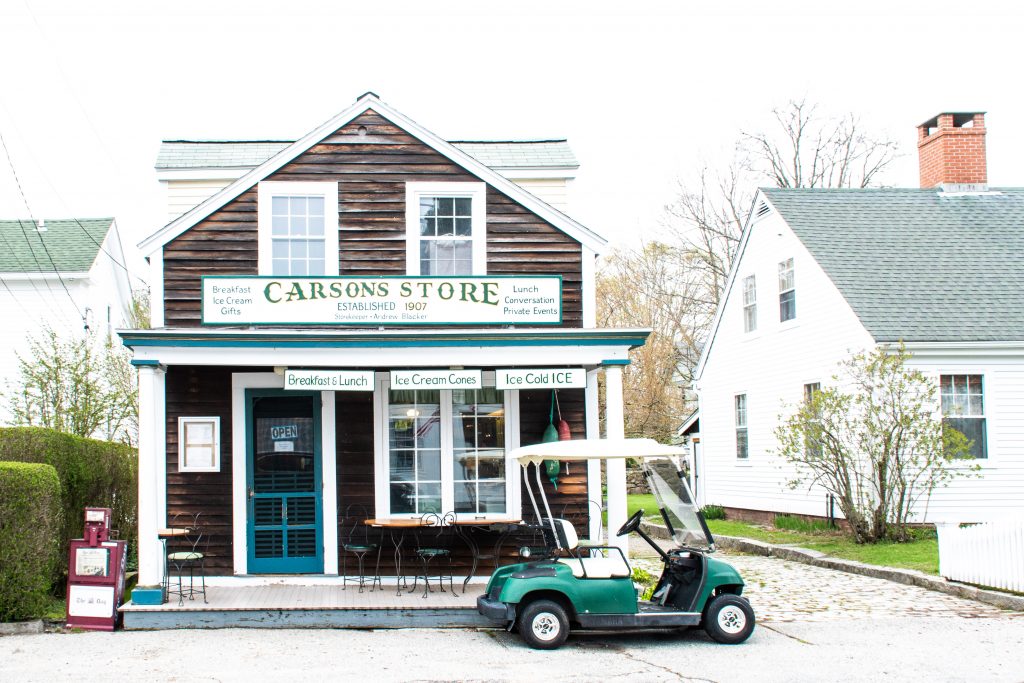
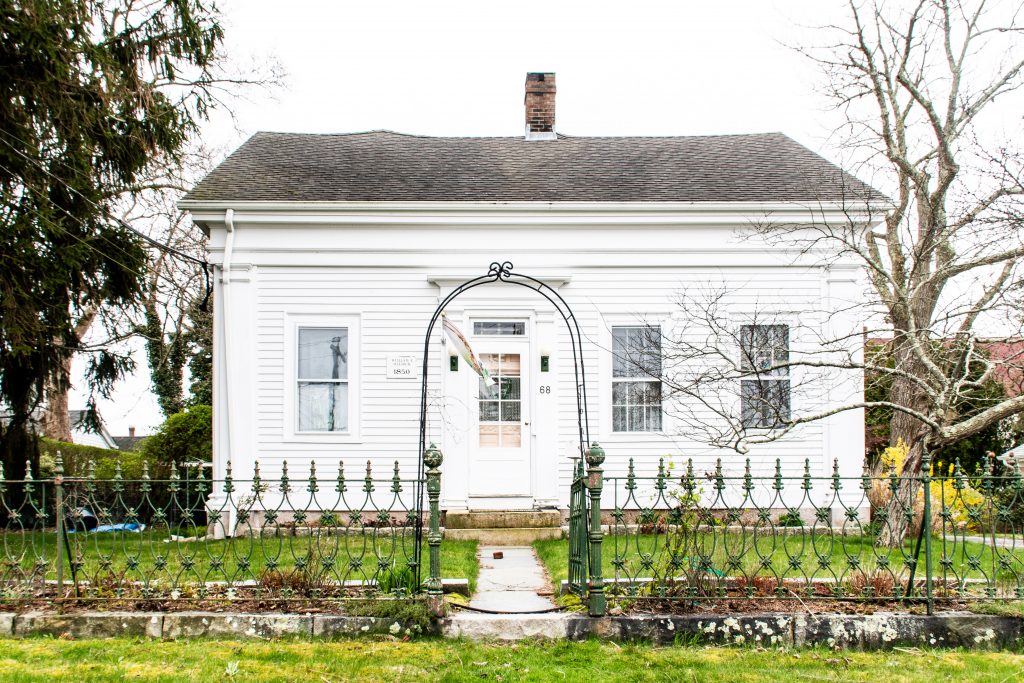
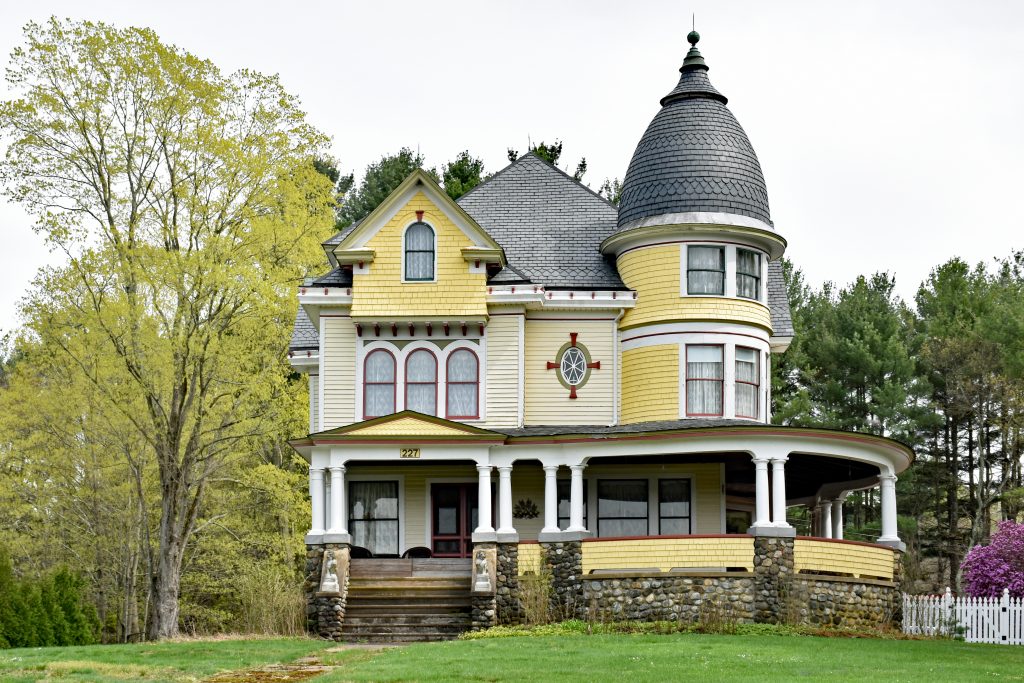
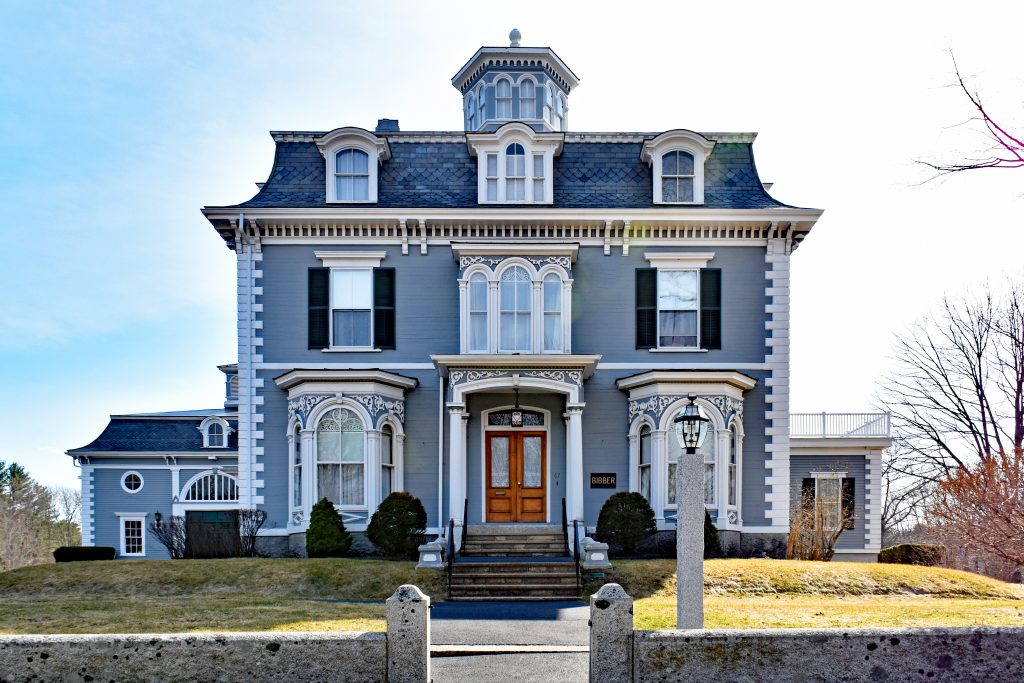
Thank u for the write-up! I’m happy to know someone had the same reaction to the cultural omissions as I did. One of the speakers kept referring to all the free time the slaves had in which they might’ve worked part-time jobs or made furniture for themselves such as a bed to sleep on. Really?!
And then right after …went on to describe the insane number of bricks they produced within a 3 month period. I was incensed by this glossed up version of historical events. And don’t get me started on the oak trees they spoke about with such adornment as if we don’t realize the number of hangings they supported.
I’m all for the tours and such but please tell it like it is! I came for educational value and left without it. It’s almost like Disney came in and produced the whole thing.
Hi Diana – I am SO sorry I missed your wonderful feedback! I’m glad as well that I wasn’t the only one to feel that way. It was quite uncomfortable and I thought they could have done so much to help educate and speak the truth. Disney…right on!
We fell in love with Charleston this past July, and really enjoyed a day at Boone Hall Plantation. In fact, we are recently engaged and returning to Charleston for a small destination wedding next May! I just found your blog on Town & Country and am loving it. 🙂
Lisa thanks so much! I’m glad you found me! Charleston is INCREDIBLE and that’s so amazing that you are going to get married there – love it!
What an informative article with great photographs also. Well done!
Thank you so much! I appreciate the comment!
Boone Hall appears to be maintained to a level to match several of our Presidential homes. The back garden is beautiful. I found the slave street very interesting. The actual house seems to be quite a nice structure although definitely not large enough for a multi-generational family, and I was envisioning how close they would have been if all the structures were still viable. That time in our history is a very intense one even today, and I found it kind of disturbing that they have an online store. I’m not sure why that bothers me except it seems like they are still making money off a time when a certain group of fellow citizens were exploited. It sounds like a wonderful tour as long as you did a little historical homework. Thank you for taking us with you and sorry about the fall. 🙂
It is maintained beautifully and is a pleasure to tour and walk around. However I couldn’t shake the fact that almost everywhere I looked I could see the row of slave cabins – it was a constant reminder to me of what happened there. I know culturally at the time it was acceptable in that area but it’s just so hard to imagine, isn’t it?
Beautiful house!
It certainly is! I thought it was original but it was actually built in the early 1900’s I think.